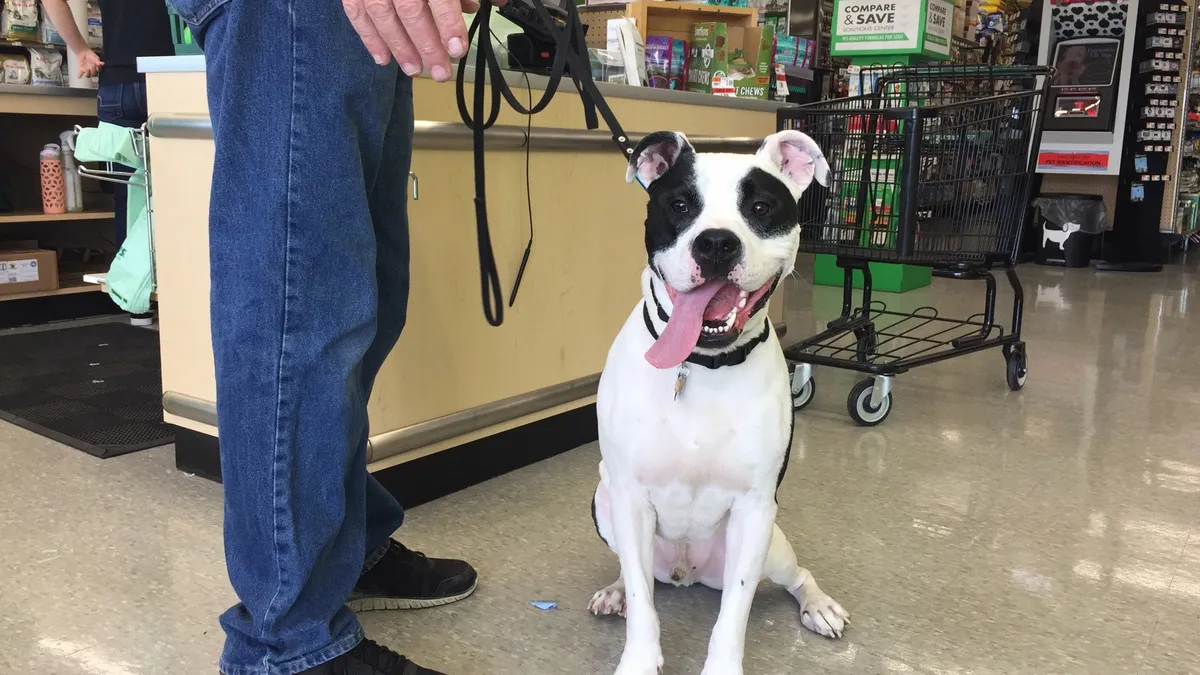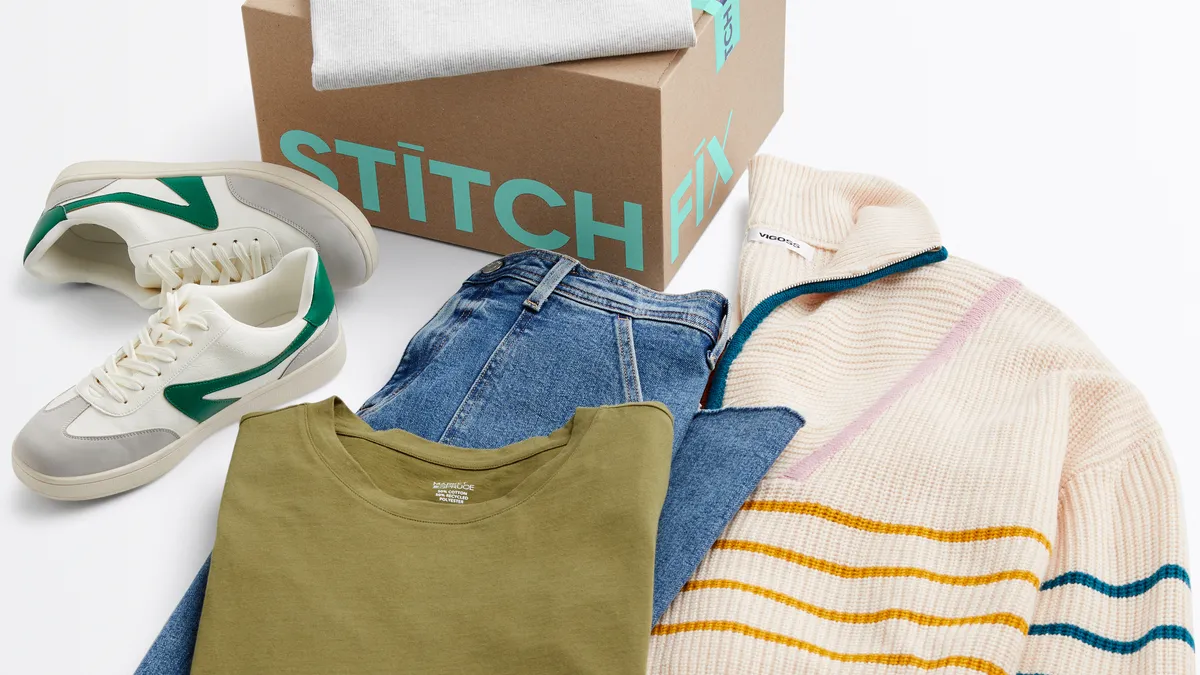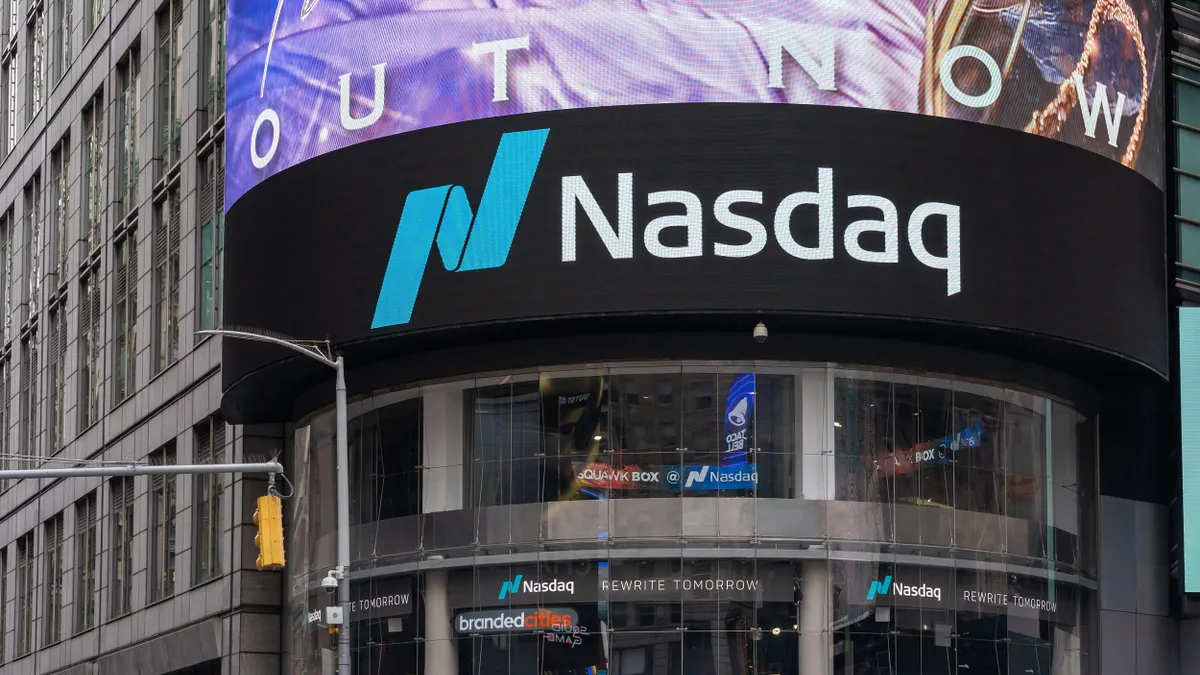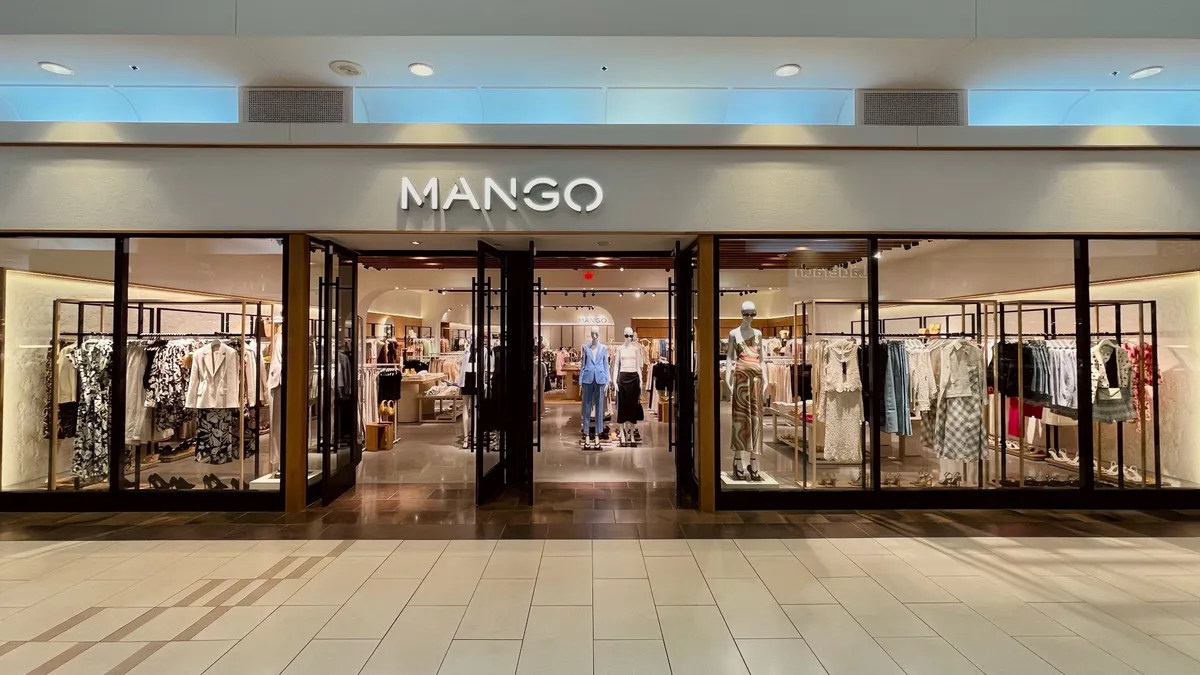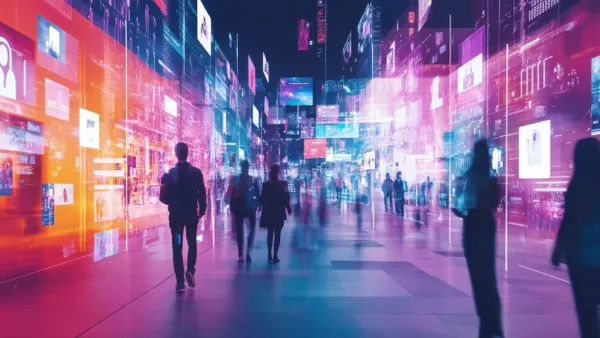The full release over the past year of AR development platforms such as Apple’s ARKit, Google’s ARCore and uSens AR, as well as broader adoption of AR-ready phones, means that the opportunity to reach consumers with immersive experiences that merge online and offline worlds will be bigger than ever this holiday season.
AR is becoming a part of the conversation after test campaigns from numerous brands have shown positive responses, meaning that the technology’s influence could be seen in stores, in ads and for shopping this holiday season, offering a glimpse at how marketers’ initial efforts are likely to progress to the next stage. A few highlights from the past year include Jordan Brand’s recreation of Michael Jordan’s iconic free throw dunk to sell sneakers on Snapchat while Lowe’s is one of a growing number of retailers leveraging AR in a branded app so users can envision what a purchase would like in their homes.
"The biggest development in AR marketing is that brands are seeking out immersive media for more than just advertising," Vince Cacace, CEO at AR marketing platform Vertebrae, told Marketing Dive. "Major brands like Ikea, Converse, Lionsgate and BMW have been creating unique immersive media experiences, but now we're also seeing 3D and AR used directly on the product page as a commerce opportunity.”
Standing out in a crowd
Global spending on AR and virtual reality (VR) products and services is expected to nearly double to $27 billion this year, according to research from the International Data Corporation (IDC) cited by ZDNet. Spending on AR and VR is forecast to see a five-year compound annual growth rate of 72% between 2017 and 2022, the research predicts, highlighting that marketers have just scratched the surface of the potential for immersive reality tech.
With mobile forecast to play a major role in holiday shopping this year, AR offers a way to encourage trial and drive conversions. And with Shopify recently bring AR shopping to mobile websites for its retail customers, this means that AR won't just be for major retailers this year and will become more apparent across small and medium-size merchants.
AR ads are likely to be one highlight this holiday season, with Facebook ramping up in this area in advance of the crucial marketing period with brands like Michael Kors. The format, which is rolling out for retail, fashion, cosmetics, gaming and entertainment brands, will augment the digital shopping experience so that consumers can try on an item and purchase it through the AR experience.
Snapchat has also been focused on wider availability of AR for ads as well as for immersive shopping.
“The market is still in its early stages but now that mobile phones are powerful enough to handle the load of AR campaigns, AR should be playing a much more prominent role in campaigns this year,” William McCormick, founder of Pure Knot, told Mobile Marketer.
“Facebook is hoping to have it ready by the holiday season so this is an incredible opportunity to stand out above the crowd and truly engage consumers,” added McCormick. “Experimenting with the effectiveness of these campaigns when they are available should be a priority.”
By enabling consumers to shop and try on items before making a purchase simply by using their AR-enabled devices, the technology has the potential to drive sales, including from print content. Hearst's Cosmopolitan magazine recently partnered with Macy's and AR developer Perfect Corp. on the publication's first print-to-digital beauty experience.
“With the holidays approaching, brands are starting to employ AR technology to give consumers an up-close look at potential purchases from the comfort of their homes, as well as to create shareable branded experiences conveying the sentiment of the giving season,” said Cacace.
Heading to the mall
But AR experiences won’t all be done from home this season. The popularity of Pokémon Go has made AR adventures in the real world commonplace among consumers. Mike Gasbara of Fabric Media Brands, expects brands to capitalize on these types of interactions, which he says have the potential to make in-store shopping fun.
While e-commerce will play a major role in holiday shopping, people still like to go to physical stores to shop during the holidays. Savvy brick-and-mortar retailers can attract traffic by enticing shoppers with special store-only offers. AR can make these offers fun and immersive.
“I am excited to see who leverages AR to merge it with the real world,” said Gasbara. “Whether it be a brand level, retailer level or even just a shopping mall level, I expect to see blending of the physical location with overlays from a mobile device.”
For instance, a shopper might visit a local mall and use an app to get a special offer from a brand at a particular retailer. A retailer like Best Buy could offer a discount on a Samsung television as a part of a gamified AR mobile experience.
“You're walking around the mall shopping with your friends and family and you get a push notification that you are super close to this exclusive promotion,” said Gasbara. “It takes place in the mall and only in the mall and it's like based off of location geographical feature.”
While early in adoption, new advances in technology means that AR glasses could become a more viable tool in 2018. If consumer adoption takes off, these devices could be the next big hardware technology that marketers should prepare for.
“Smartphone AR is seen as a stepping stone to AR glasses, but it’s important for marketers to experiment now to refine their campaigns so they can seize the opportunity that AR glasses will afford,” said McCormick.








